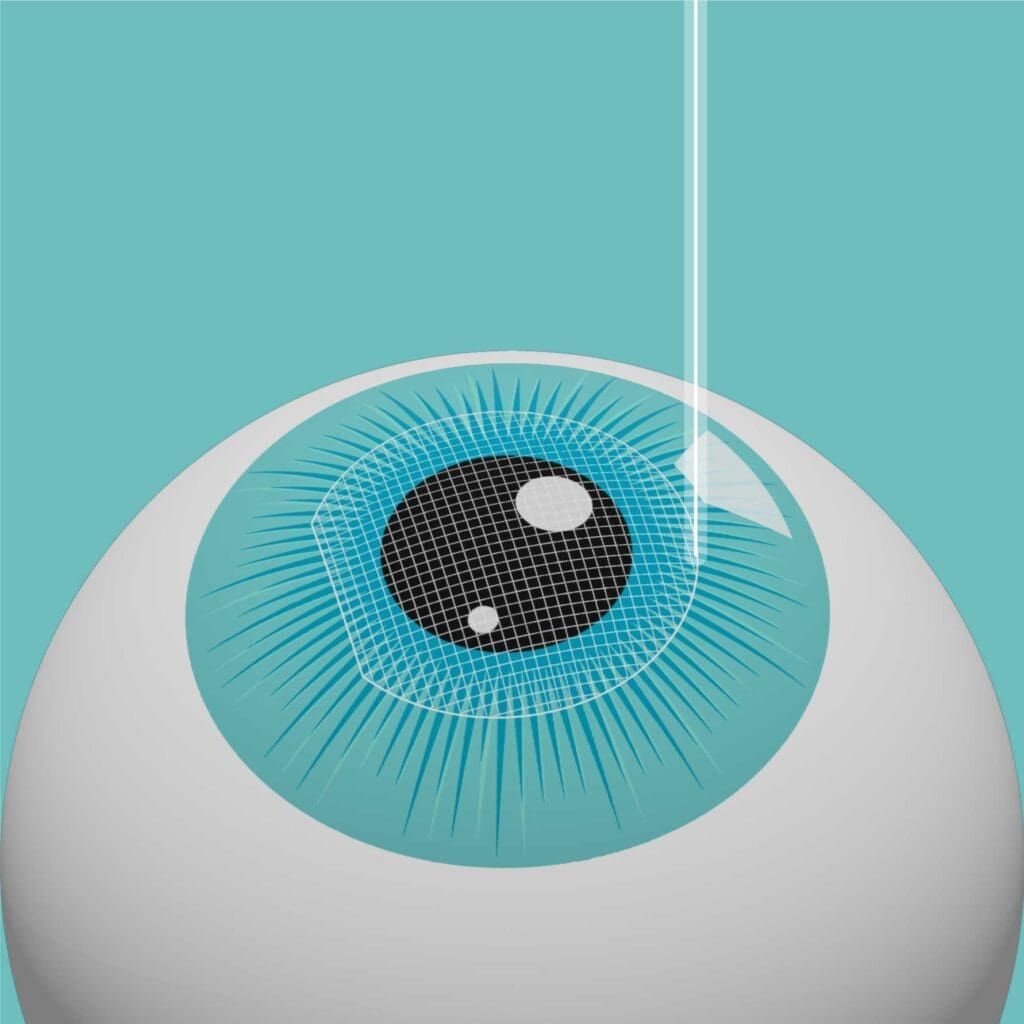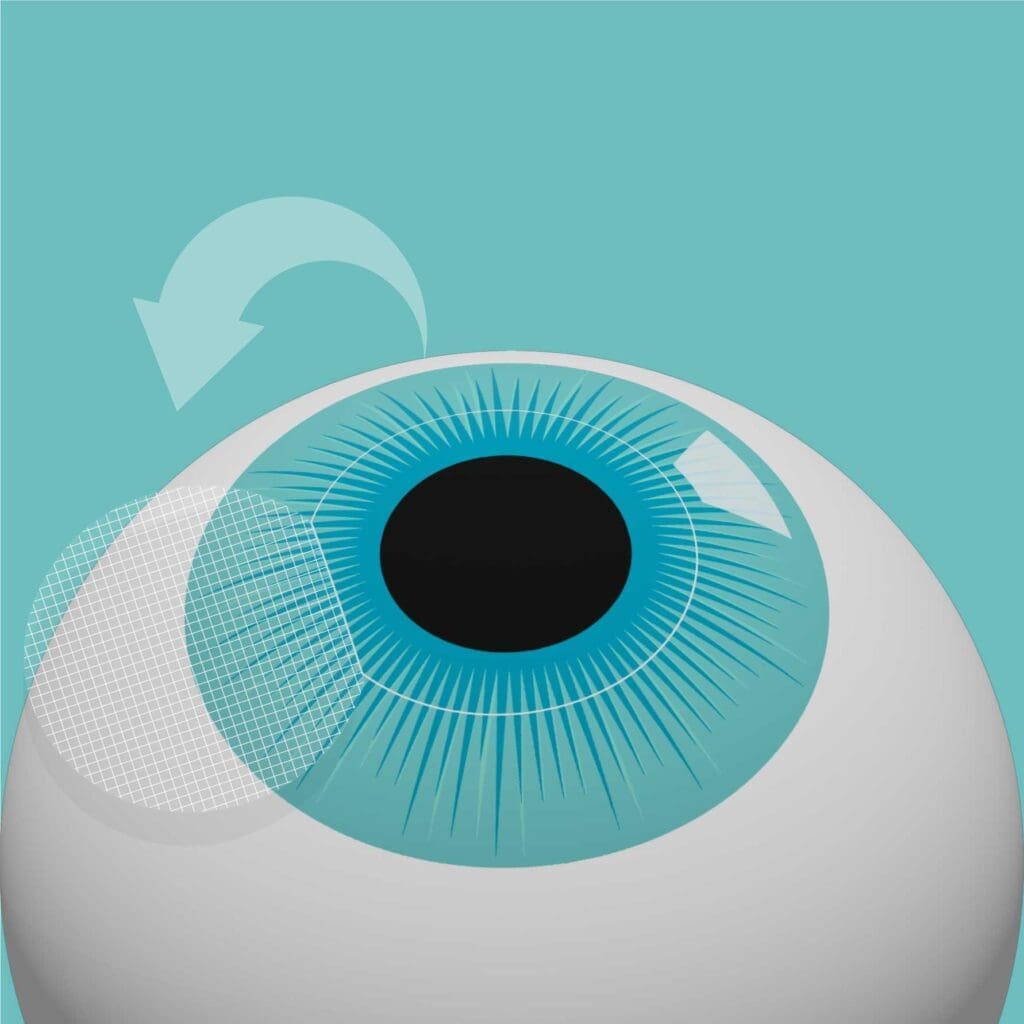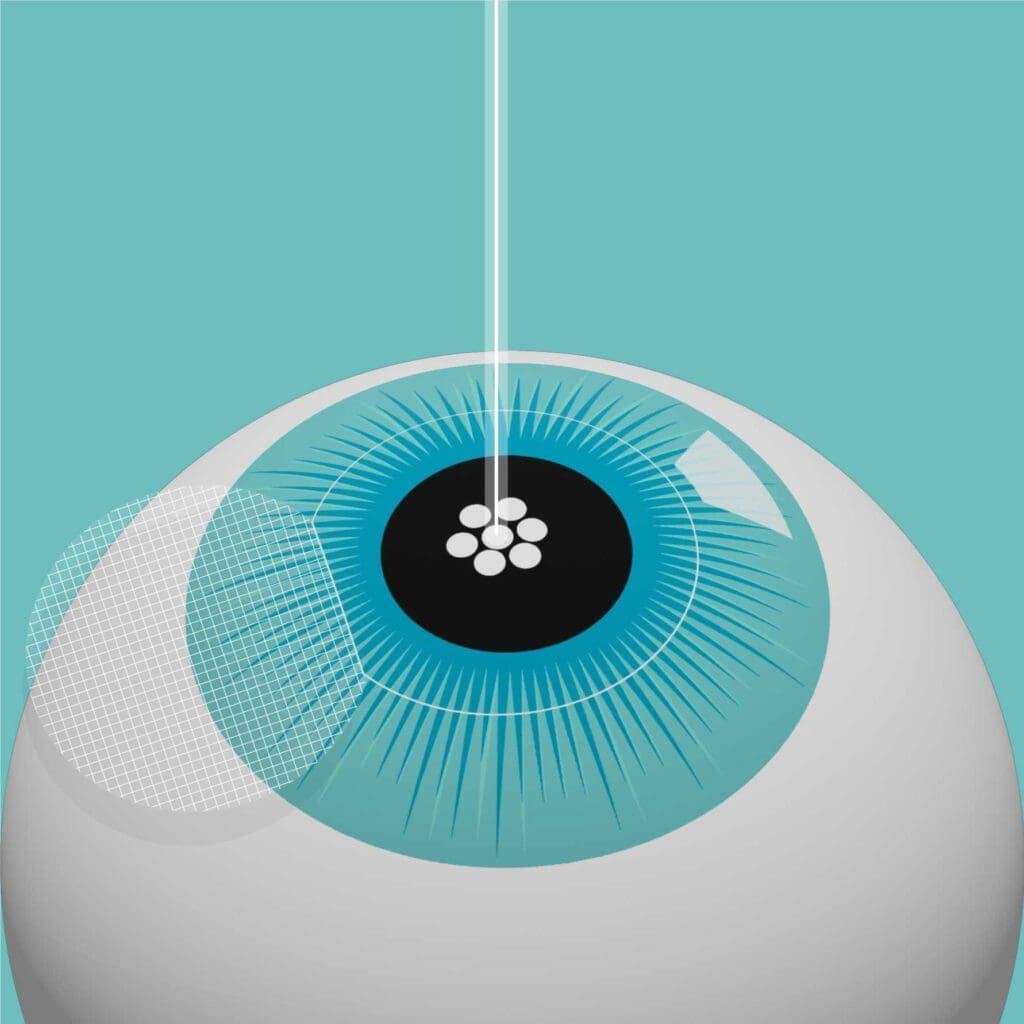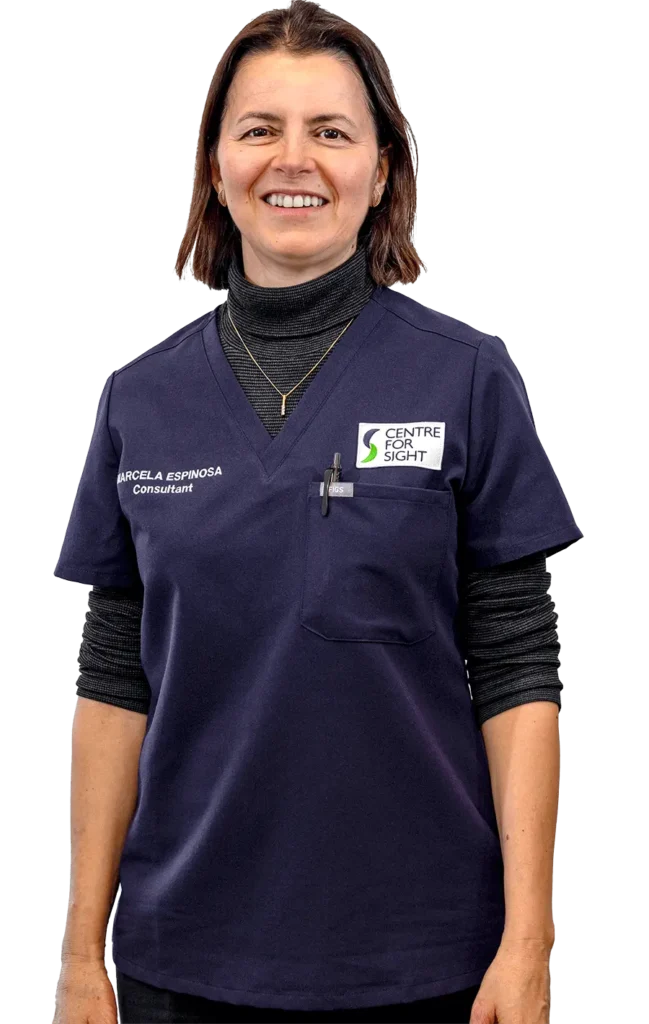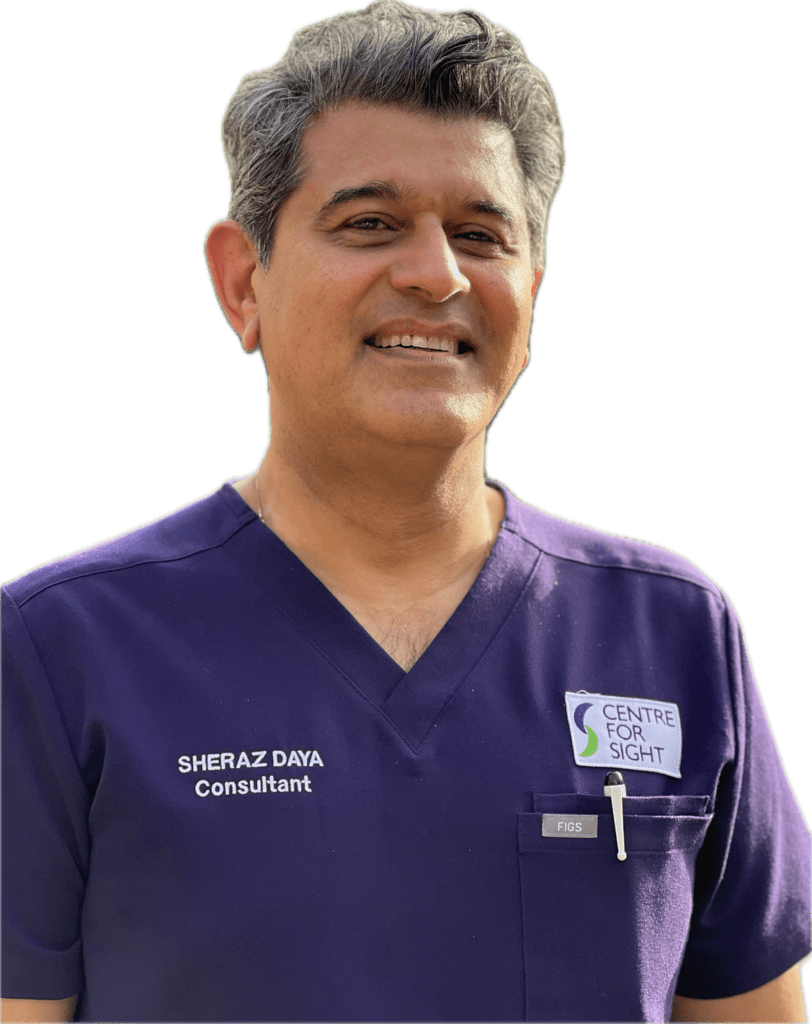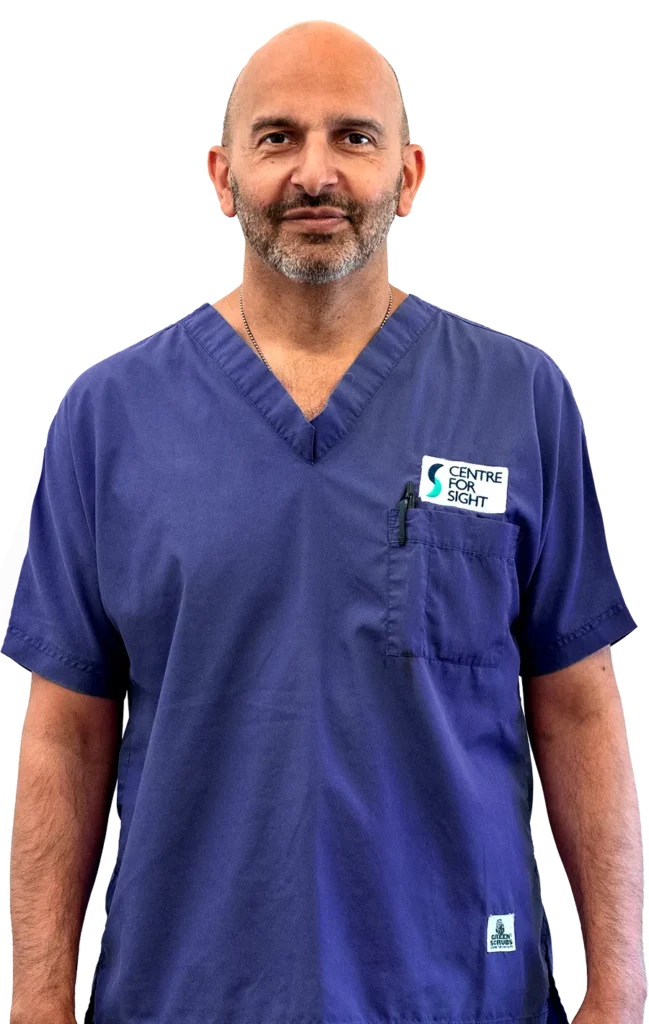- LASIK reshapes your cornea to correct refractive errors like nearsighteness, farsightedness and asitgmatism, giving you long term clarity.
Enhance your vision with the UK's longest provider of LASIK laser eye surgery
Centre for Sight introduced LASIK surgery to the UK in 2004. LASIK laser eye surgery is the safest, most precise vision correction option with the longest track record available in the world today.
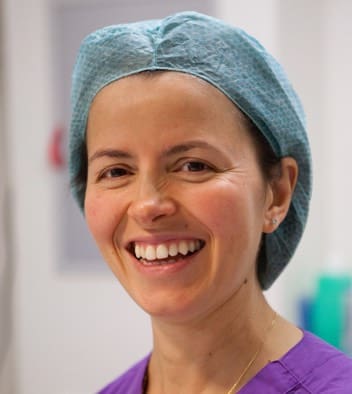
What is LASIK eye surgery?
LASIK (laser in situ keratomileusis) is a laser vision correction technique that has been in use for over 30 years (since 1989).
An excimer laser is used to reshape the cornea and correct a wide range of nearsightedness, farsightedness, astigmatism and now presbyopia (the need for reading glasses) using Supracor LASIK

- Greater safety with highly precise flap creation and no blade-related risks
- Expanded range of vision correction possibilities
- Nearsightedness correction up to -12.00 diopters (in select cases)
- Farsightedness correction up to +5.00 diopters (or more in special circumstances)
- Astigmatism correction up to 5 diopters, potentially more with specialised software from Centre for Sight
- Presbyopia (age-related reading difficulty) correction using Supracor LASIK
LASIK Surgery Procedure

Am I a suitable candidate for LASIK surgery?
To find out about your suitability for LASIK vision correction, please use the Am I Suitable questionnaire. Answer a few simple questions and our staff will contact you back with more information about suitable options. The final decision about your suitability for this procedure LASIK surgery will depend on the results of your comprehensive diagnostic tests, which the consultant surgeon will discuss with you at your consultation. Not everyone is suitable for LASIK surgery, however, there are some basic requirements:
- Over 18 years old
- Stable spectacle prescription of at least 6/12 (20/40)
- Healthy cornea
- Not pregnant or nursing
- No autoimmune diseases
Benefits of LASIK Eye Surgery
- Enjoy an active lifestyle without the inconvenience of glasses or contact lenses.
- LASIK allows you to see clearly without external aids.
- The entire procedure takes just 15-20 minutes for both eyes, with minimal discomfort and rapid recovery. Most patients notice improved vision within 24 hours.
- At Centre for Sight, we use FDA-approved laser technology to ensure safe and precise vision correction with minimal risk.
LASIK Consultation and Pre-op LASIK surgery
A successful LASIK eye surgery begins with a thorough patient consultation with numerous supporting investigations. As this is considered so important, all consultations at Centre for Sight are performed by a fellowship trained consultant – no compromise.
During consultation, general information will be gathered about your eyes. Information will also be sought about your lifestyle: your history of glasses and contact lens wear, physical activities you participate in, your visual needs and how you expect your life to change after LASIK eye surgery.
The results of your consultation will be discussed with you and you will have the opportunity to have any questions answered by one of our fellowship-trained consultants.
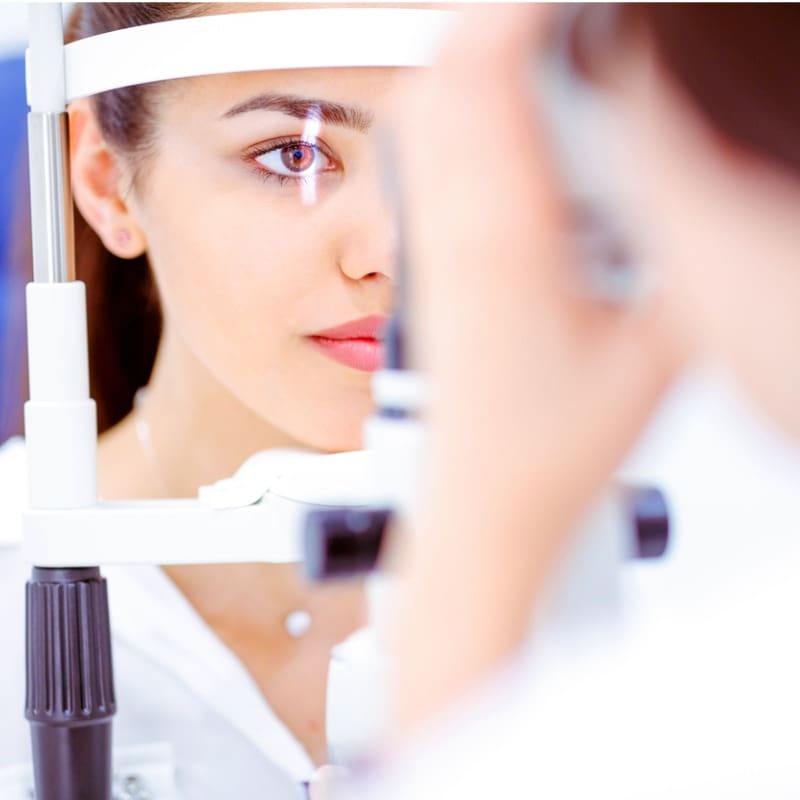
Your consultation with us is arguably the most comprehensive eye examination you will ever have. It does take a while to be thorough so we suggest you allow 2-3 hours for its completion. To confirm the exact refractive error in your eyes and determine the best available treatment specifically for you, our Fellowship-trained consultants and technicians will examine and perform tests on your eyes:
- Your eyes will be refracted initially to check what power your eyes require for full and perfect correction.
- Corneal topography equipment is used to map out the surface of your eyes. The corneal topography equipment measures the contour of your cornea in 3 Dimensions. Further OCT scanning may be required depending on preliminary findings. OCT scanning is used to measure the distribution of your corneal epithelium. It is also used to check your optic nerve and macula.
- Wavefront Aberrometry will also be performed to determine if you have any high-order aberrations that might be affecting visual quality and any night vision troubles.
- Corneal pachymetry measures the thickness of the cornea.
- The Ocular Response Analyser (ORA) is used to determine the elasticity of your cornea prior to laser eye surgery.
- Dry eye tests are also performed. Should there be any significant findings, specific treatment will be suggested prior to your procedure.
- Your eyes will be dilated to check the back of your eye, as a result you will not be able to drive after your consultation.
- Additional tests may be required depending on findings at consultation.
This information is valuable in performing LASIK eye surgery and is used by your consultant to determine the best treatment option available for each individual eye.
For booking a consultation, click here.
Prior to each procedure, “pre-flight” checks are performed by the surgeons and technicians well before the first patient arrives. To ensure consistently phenomenal outcomes, Centre for Sight standards far exceed the minimum requirement. For instance although not necessary, the laser is calibrated immediately prior to each patient treatment.
On the day of your surgery, dress comfortably and avoid any clothes that are tight fitting or shed fibres.
- You are given a mild oral sedative to help you relax and make you less anxious. After your eye has been numbed with anaesthetic eye drops, the Consultant gently places an eyelid clip to hold your eyelids open. You will remain awake and comfortable throughout the procedure.
- Your surgeon will then begin the first step of any LASIK procedure by creating a corneal flap. The Femto-second laser is to create the flaps in both eyes.
- The laser bed will be rotated to the Excimer laser. IRIS recognition is performed to recognise and track the eye.
- The flap will be gently lifted from the centre of the cornea to allow the excimer laser access to the underlying tissue.
- To begin the second step of the LASIK procedure, your surgeon will ask you to look at a target flashing red light. The cool light of the excimer laser will reshape the corneal tissue, correcting your vision as you look at this light. You will hear clicking sounds as a microscopic layer of tissue is vaporized and the iris recognition and registration eye tracker ensures accurate placement of each laser pulse. This process will last from a few seconds to a minute, depending on the amount of correction necessary.
- When the procedure is complete, your surgeon will meticulously replace the corneal flap and gently smooth it into place.
- You will then recover in a reclining chair for 15 to 20 minutes and then your vision will be checked. Your eye surgeon will check your eyes to make sure all is well before you go home.
- You will be given eye drops, and instructed in their use.
- You may notice that your vision will be a little blurry immediately following your LASIK surgery. This blurriness will gradually clear in the next few hours. You might even get the sensation that you have soap in your eyes for a couple of hours.
- Someone will need to drive you home and we suggest you go to sleep for the next 4 hours after putting in the first dose of your eye drops.
- After 4 hours, you may watch TV or read as long as you take your eye drops as well as lubricant drops frequently every five to ten minutes.
- It is important to avoid wind or any type of air turbulence that would cause your eyes to dry out.
Follow up care is vital for good outcomes and we at Centre for Sight like to see our patients ideally the following day or at least within a few days of the procedure. Our staff will call you the night of the procedure and then next day if you are unable to attend for follow up.
- You will be provided with eye drops and protective eyewear. Please follow the instructions provided.
- By the first post-op visit, most patients are able to drive themselves to their appointment. Most patients are excited about their vision the following day and most see 20/25 (6/7.5) or better.
- Following LASIK surgery, your vision improves very rapidly, allowing you to return to work within a day or two after you have had the procedure.
Our Consultants
Frequently asked questions about LASIK eye surgery
No. The treatment itself is completely painless. Large amounts of anaesthetic drops are used which completely numb the eye. You might feel a bit of pressure at the very beginning when the Intralase laser is used to create the front flap. After the procedure, some patients describe a gritty sensation like a lash in their eye. Some feel a bit of stinging and this lasts for a few hours. For this reason, we ask patients to have a nap for about 4 hours after the procedure. Paracetamol or Advil is the most you will need to manage the discomfort.
The procedure has been in use for over 20 years and is approved by the USA’s stringent Food and Drug Administration (FDA). The procedure is also approved by the UK’s National Institute of Clinical Excellence (NICE). The outcomes and safety of the procedure is highly dependent on the Surgeon, the centre and its processes and environment as well as technology.
Find out how safe LASIK/IntraLASIK Surgery is by reading the blog post, here.
You will need to be seen the next day or a few days after the initial procedure. You will then be seen at 1 month and again at 6 months for a final visit. Sometimes patients are seen at 3 months if there are concerns about regression or if there is a possibility that an enhancement treatment may be needed. More frequent appointments may be scheduled if needed. Our surgeons at Centre for Sight are available to see you whenever necessary and a helpline is available 24/7.


